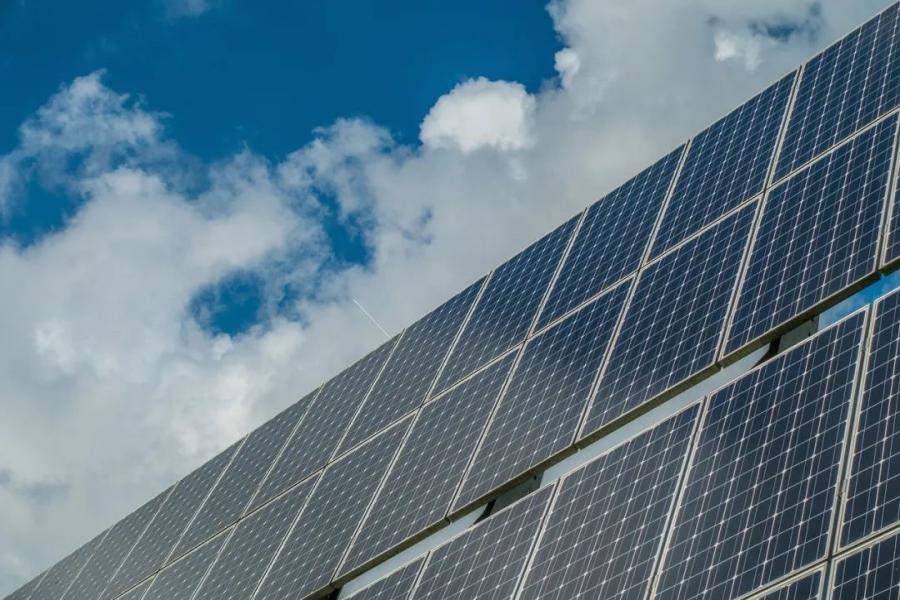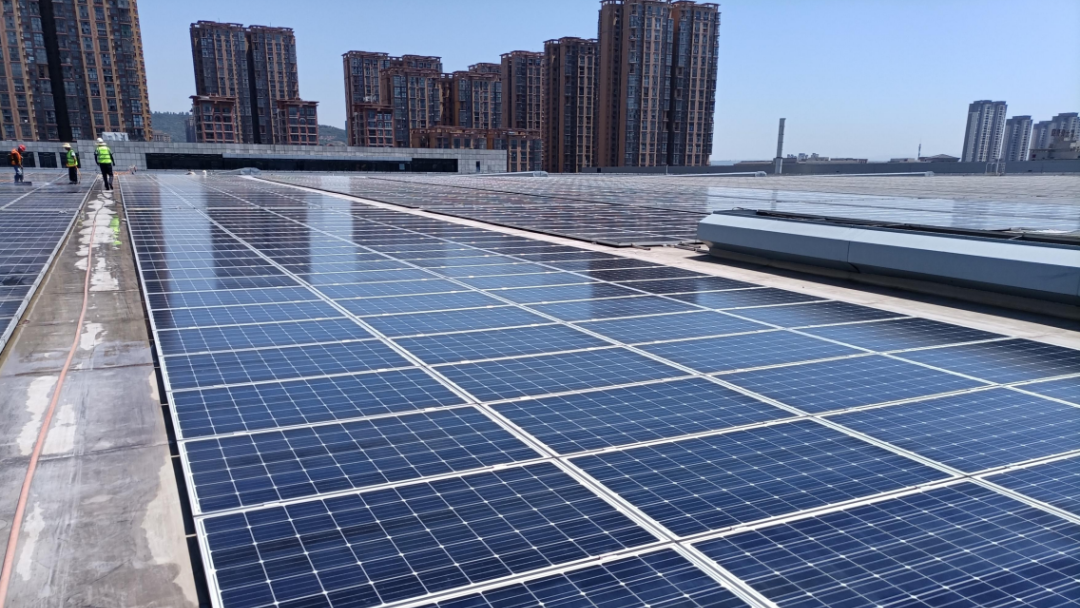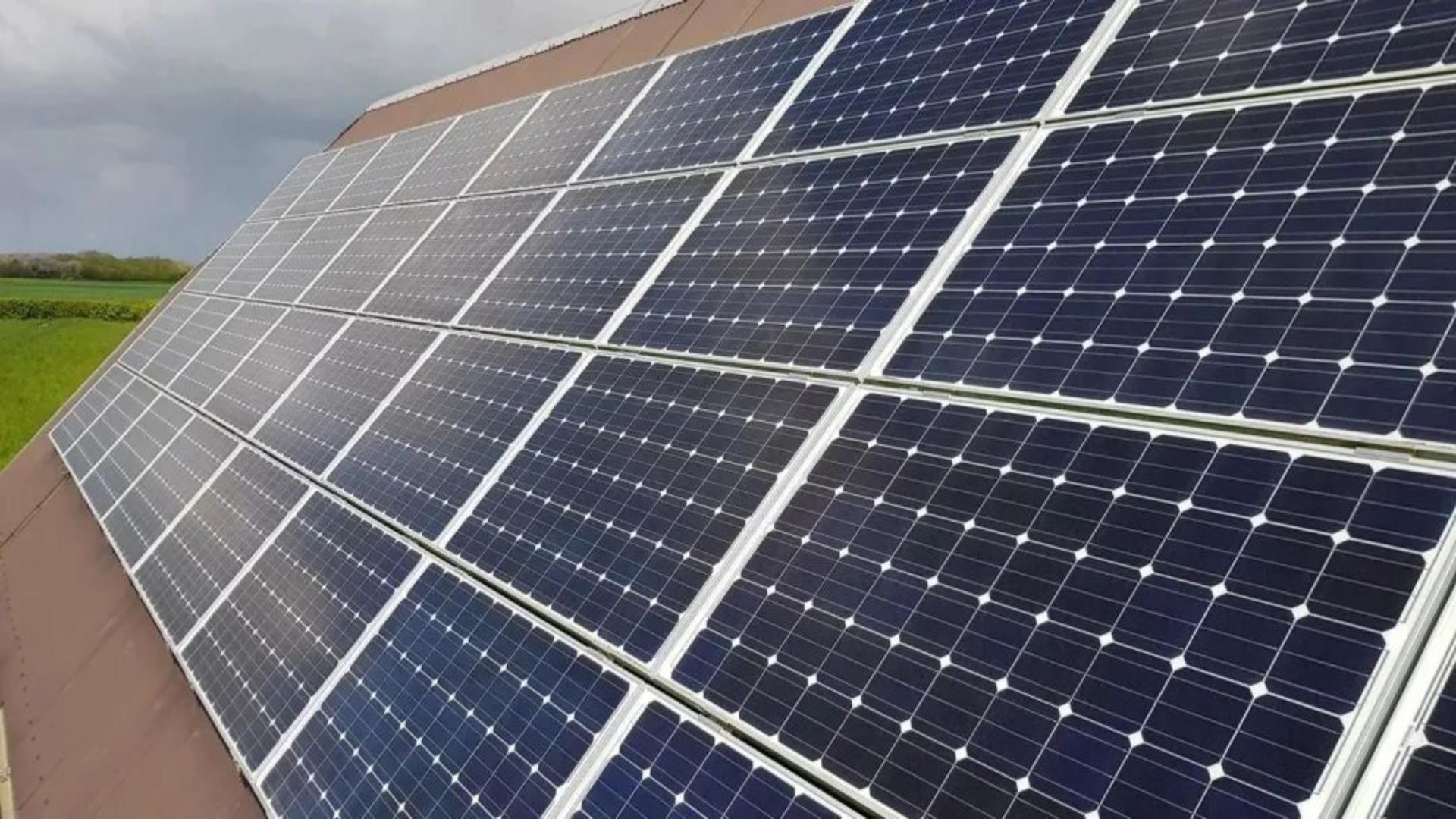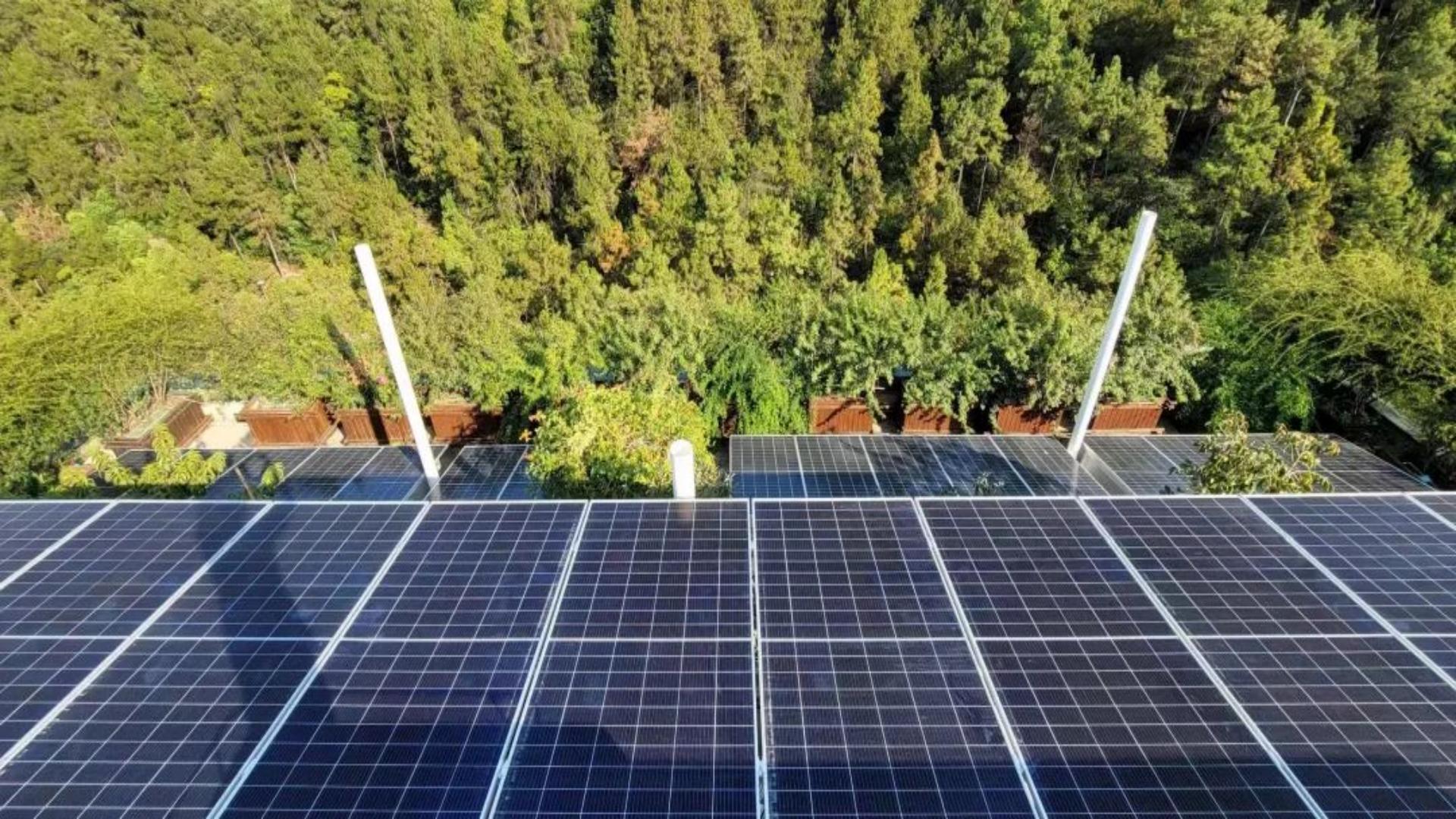The path to innovative breakthroughs in solar panel components | DSBsolar
1. Historical photovoltaic module technology innovation
In the technological innovation of the photovoltaic industry, we have focused too much attention on silicon wafers and cells, from single crystal to polycrystal, from BSF to PERC to N-type, from TOPCon to HJT, and so on. This is not surprising, after all, the semiconductor properties of photovoltaic determine its core in the silicon and cell links.
Technological innovation in the component sector seems to be underestimated. In fact, although photovoltaic modules are a class of "system integration" business, its technological innovation is not inferior. Over the past 20 years, components have achieved multi-faceted, multi-angle technology iterations: from the whole piece to the half piece, even three or four pieces; From two main grids to three main grids, four main grids, five main grids, multiple main grids (MBB) and SMBB, and now 0BB; From single glass to double glass; From one side to two sides; Let's wait.
More importantly, the technological innovation of the components supports the innovation of upstream batteries and silicon wafers. For example, there is no component multi-main grid design, there is no reduction in battery silver paste consumption; Without the advancement of packaging technology, there would be no application of taping, special-shaped taping and lamination. As a result, component power and efficiency have also evolved, reaching levels of 700W+ and 22.5%+, respectively. We often ignore the stimulation or support of component technology innovation on the upstream battery, silicon, and welding tape, film, backplane, string welding machine and other fields of technology iteration.
Upstream innovation is based on the premise that the downstream can be applied, otherwise it is a castle in the air; And downstream innovation can sometimes drive upstream innovation. These are obvious in the component segment.
2. Future direction of component technology innovation
Under the industry trend of large size, lamination and N-type iteration, the component link is also bound to actively or passively innovate, otherwise it is difficult to match the upstream innovation drive and downstream demand stimulus.
The upstream technology iteration is hot, and the component innovation can make up for the deficiency in the two sides of the upstream technology iteration, especially in the N-type iteration process, the silver paste consumption increases significantly, how to innovate in the component link in metallization, how to make the grid line thinner or even no main grid, how to make the PAD point smaller and less, and so on.
In particular, BC technology and 0BB technology have pushed the integration of battery innovation and module innovation to a higher level, and also accelerated the integration of battery and module links, profoundly affecting the pattern of the photovoltaic industry. In terms of lamination, in order to control the risk of hidden cracks, how to make the welding tape smaller, more flexible and improve the reliability of the package is an important direction of effort. In terms of packaging efficiency, high-density packaging to reduce the spacing of batteries is also an important technical iteration direction, how to achieve the same package area to place more batteries, imbricate technology, flexible technology, etc., has begun to appear.
In the N-type era, component innovation is perhaps even more important. In addition, at the application level, the combination of "photovoltaic +" component products in different application scenarios is also the direction of technological innovation, especially the BIPV of distributed scenarios has become a field that major component companies compete to explore in recent years. The innovation of component technology is moving towards comprehensiveness and diversification.
With the upstream and downstream "integration" centered on components, the technological innovation advantages of the component business are expected to be given greater play, on the one hand to promote upstream, especially the technological innovation and integration of battery cells, silicon wafers, welding packages, etc., on the other hand to promote downstream product application innovation based on "photovoltaic +" and promote scene penetration. Photovoltaic modules are entering a new stage of development and ushering in new development opportunities.






